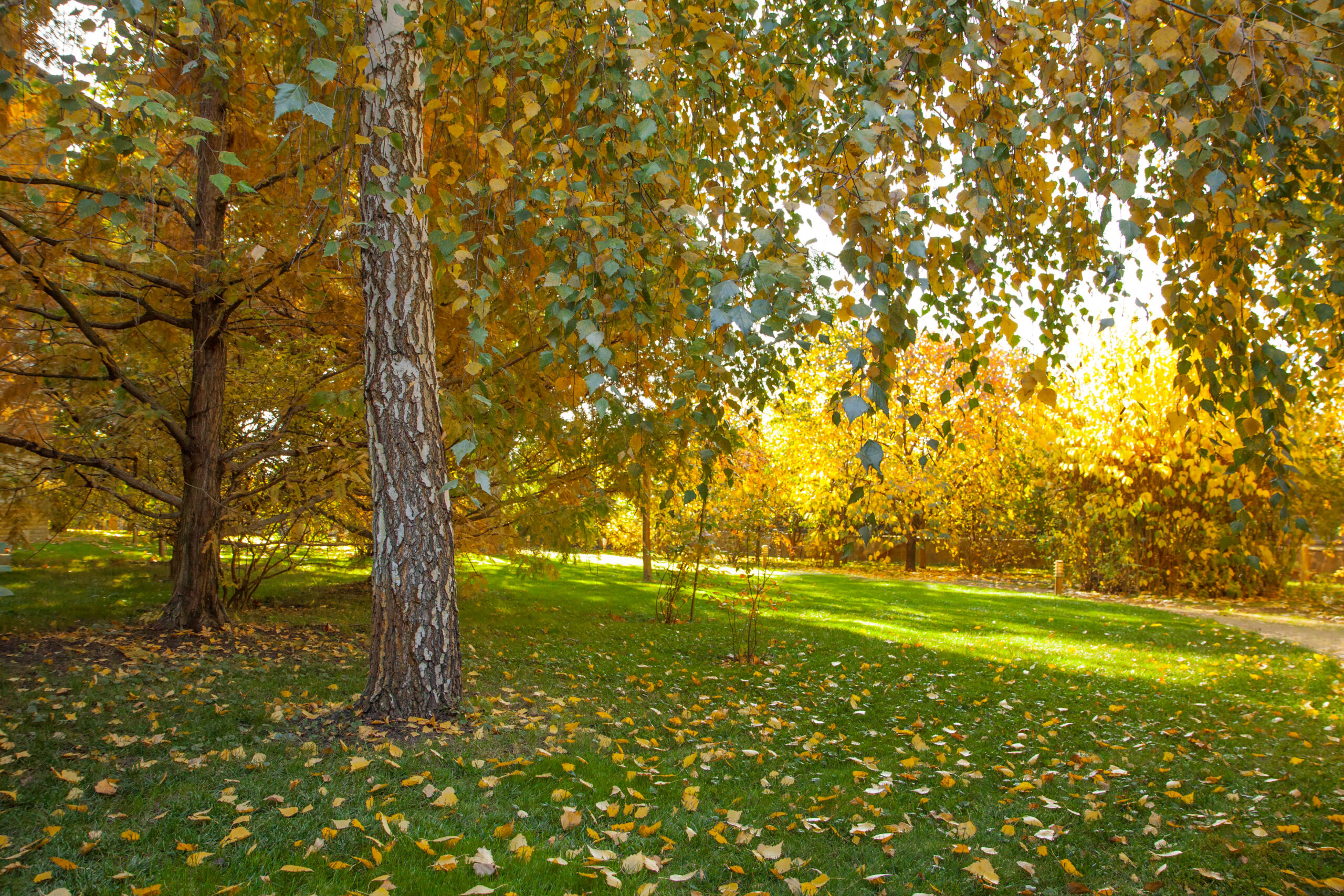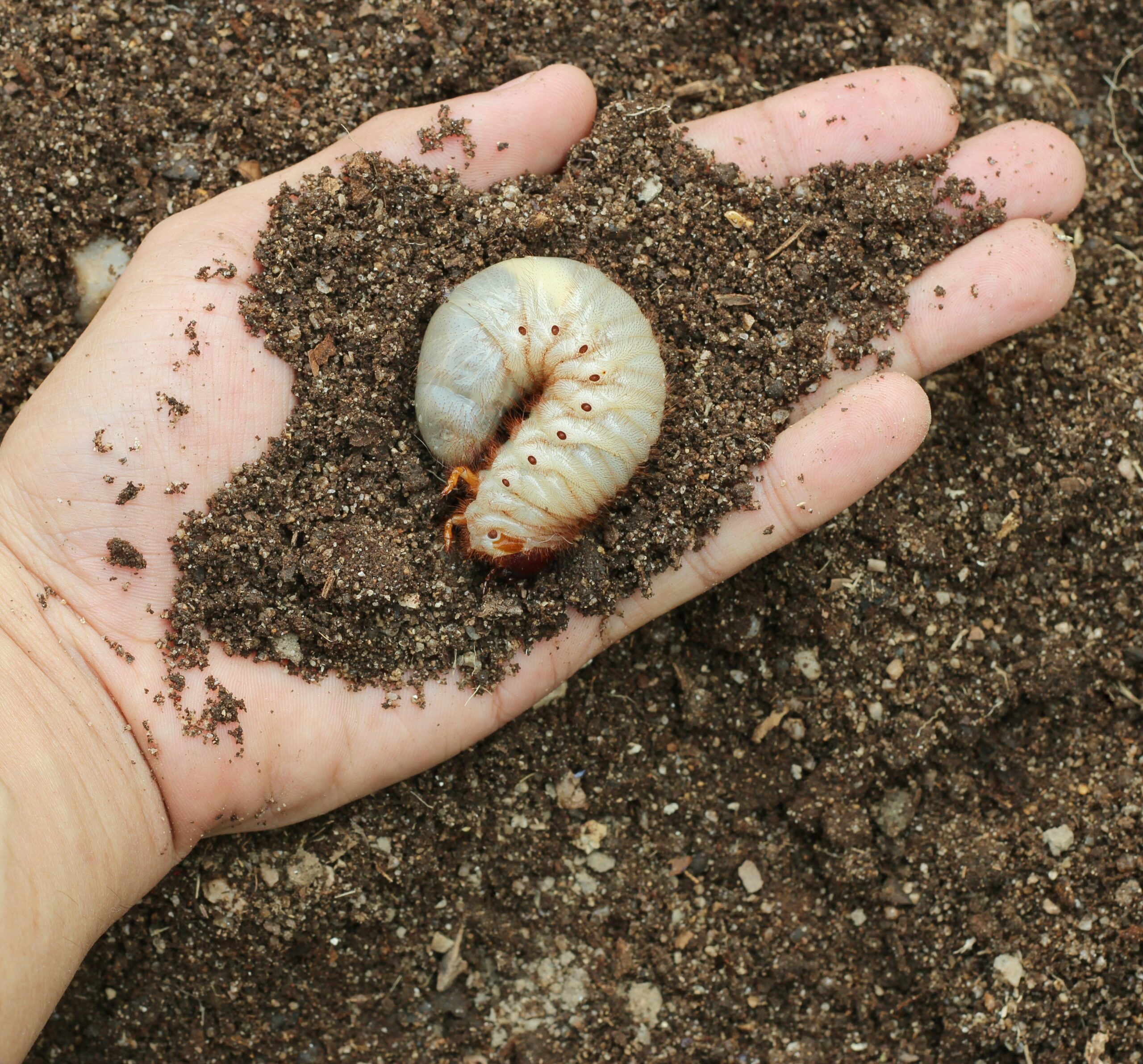
Getting Ahead Of Grub Damage
May 31, 2023
Regardless of whether you care for your lawn yourself or hire a company to do it for you, you expect a thick, healthy lawn that is lush green.
Regardless of whether you care for your lawn yourself or hire a company to do it for you, you expect a thick, healthy lawn that is lush green.
If you have a grub infestation, despite fertilizing at the right pace, mowing at the right height, and watering as directed, your lawn can turn almost completely dead in the blink of an eye. Using preventive grub control helps ensure that your time and money are not being wasted on achieving a beautiful lawn.
Preventive Grub Control
Preventive grub control is an application that should be applied once a year to help control and prevent grub damage.
This is usually applied in the summer months to fight off any future grub larvae and to prevent any from hatching and feeding on your lawn’s root system. If you already have an existing grub problem in your lawn, unfortunately, a grub preventive application would not be helpful. You would need a curative treatment, called Dylox. This product is used to kill the current grubs in your lawn and is a lot more expensive than a preventive application.
Not only is the curative more expensive but the damage that grubs can do to your lawn can take months, or even a year to repair. This is why it is so important to get ahead of the problem and use an annual preventive application.
Signs You Have Grubs
There are several signs you can look for when identifying whether you have a grub infestation or not. These signs include:
- Animals digging up your lawn in search of grubs to feed on
- You have areas of dead, brown patches in your lawn
- You have areas in your lawn that feel spongy and pull up very easily
- Moths flying around the surface of your lawn, bed, and gardens
Lastly, and the more obvious sign, is if you physically see grubs in your lawn. These insects are white in color and usually lay in a C-shape. You may need to pull back a few areas of your lawn to see them, and if you see more than five grubs per square foot, you have an infestation.
The Destructive Cycle
Understanding how grubs get in your lawn and cause destruction can help you get a better understanding of how important it is to get ahead of the problem and stay on top of it.
Grubs start off as Japanese beetles that feed on leaves, flowers, fruit, and any other plants you may have. When they lay their eggs, the eggs turn into larvae known as grubs. The end of Summer and early fall is when these eggs will hatch and begin to be destructive. They will feed on your lawn’s root system, causing brown, thinning areas to occur, and killing areas of your lawn.
The Importance Of Preventive Grub
Unfortunately, grubs do not hatch all their eggs in the soil on the same day. If you do experience grub damage, you are at risk of the destructive cycle continuing to repeat itself with the new generation in the soil.
This is why using an annual preventive treatment is so important. It eliminates the multiple generations of grubs that can occur during that period of time and save you the headache of repairing your lawn from an infestation.
Recent News
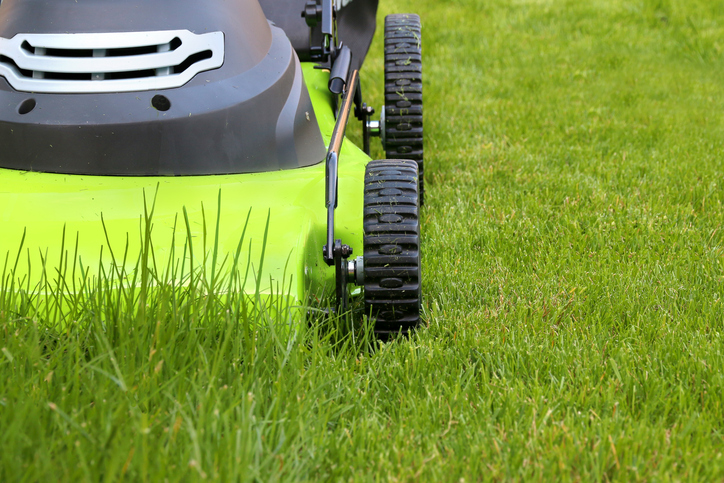
Mastering Mowing Techniques for Southern Lawns
April 23, 2024
Now that spring has arrived in the Southern region of the United States, it’s time...
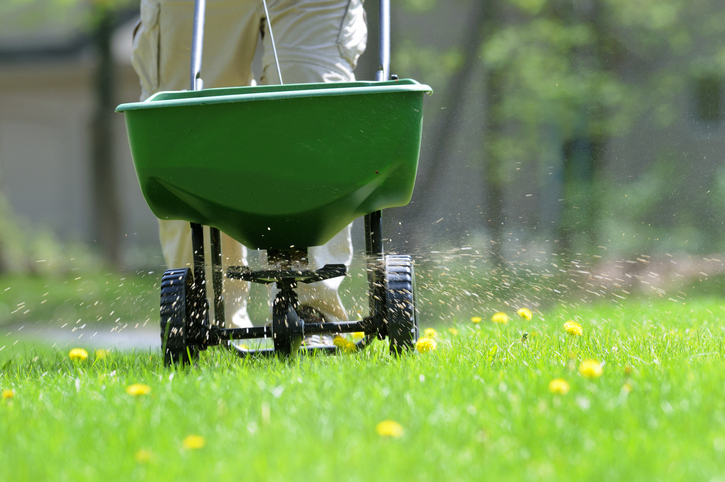
Professional vs. DIY Lawn Care: Which is right for you?
March 28, 2024
For many of us homeowners, the arrival of spring brings back the desire for a...
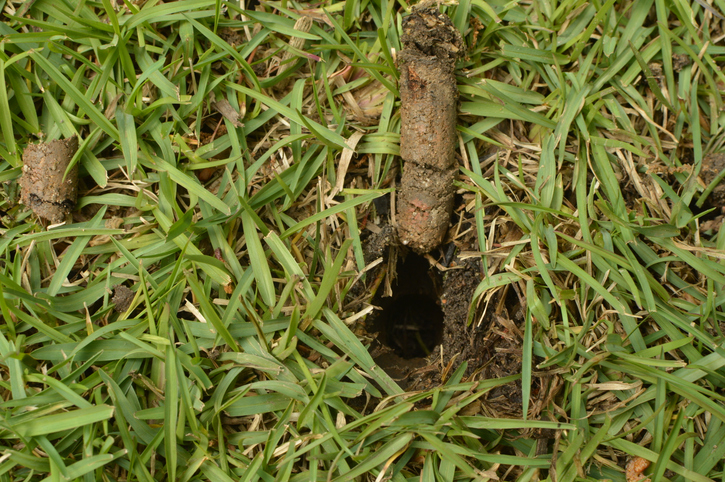
Spring is here—should you aerate your lawn?
March 28, 2024
Spring is here, and lawns are emerging from their winter dormancy. If you’re now thinking...
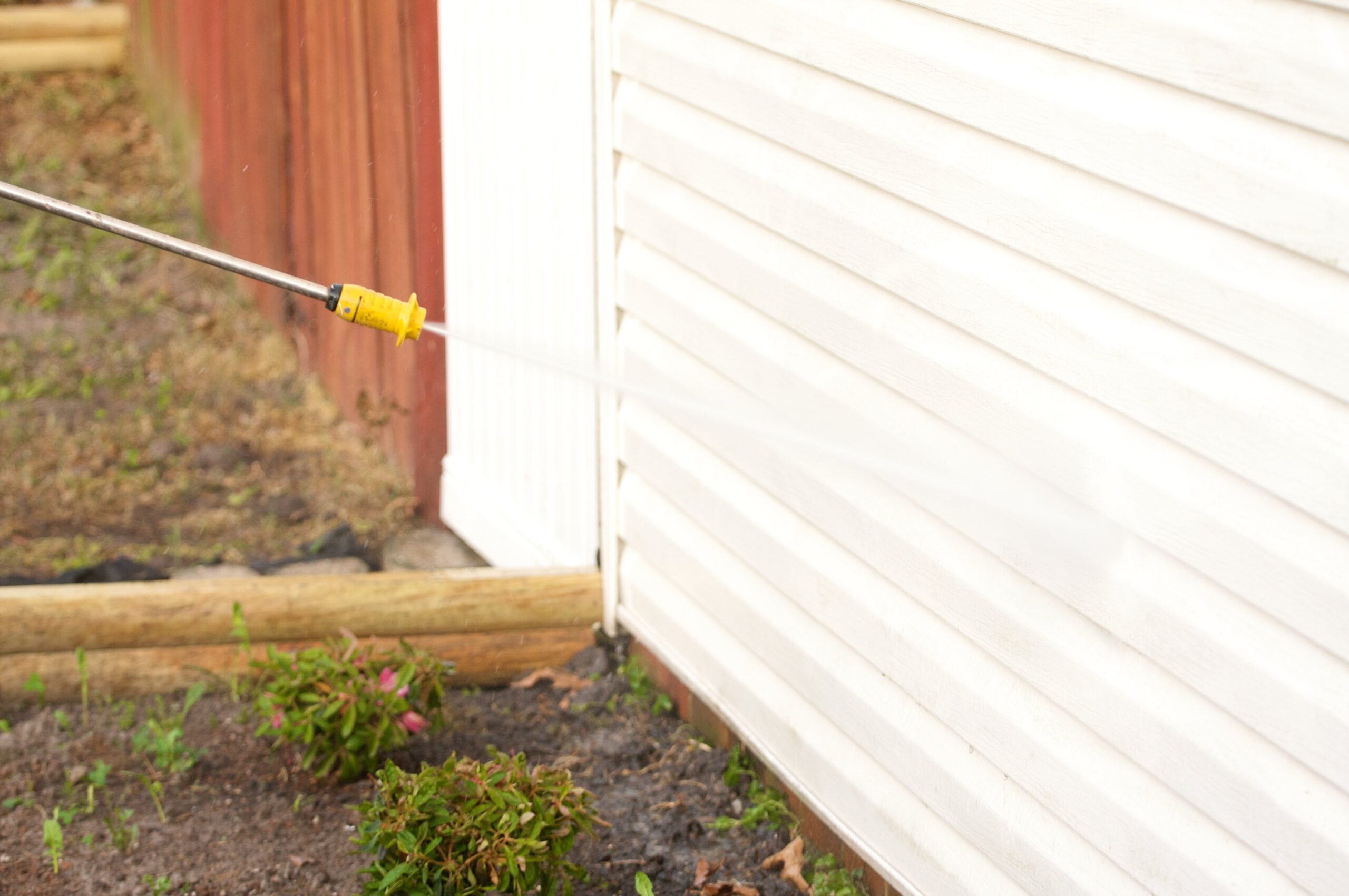
Pest Control for Fall
October 18, 2023
Now that the weather is getting colder, you may start to see unwanted insects seeking...
